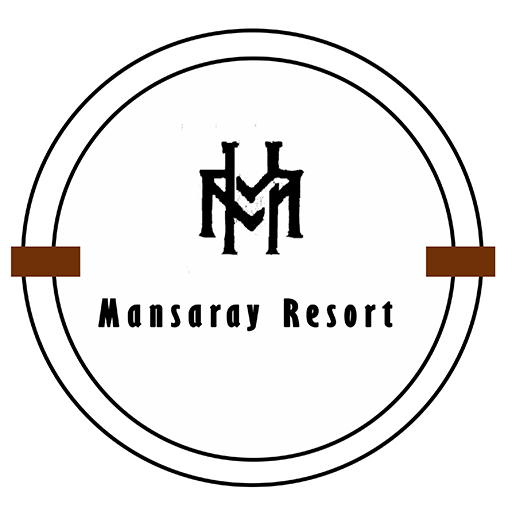
History
Sierra Leone has a complex history that spans thousands of years. The region was initially inhabited by indigenous tribes, including the Temne, Mende, Limba, and Kono, who established various chiefdoms and kingdoms. In the late 15th century, European explorers, including the Portuguese and later the British, arrived along the coast and began establishing trade routes for commodities such as gold, ivory, and slaves.
In the 18th century, Sierra Leone became a major centre for the transatlantic slave trade. British slave traders established a settlement for freed slaves, known as the “Province of Freedom,” on the Freetown Peninsula in 1787. This settlement was later expanded, and in 1808, Sierra Leone became a British crown colony. Freetown became a haven for freed slaves from various parts of West Africa, the Americas, and the Caribbean, who were known as “Nova Scotians” and “Maroons.”
During the 19th and early 20th centuries, Sierra Leone was a British colony and experienced significant changes, including the spread of Christianity, the establishment of missions and schools, and the introduction of Western governance systems. In 1951, Sierra Leone achieved self-governance and began moving towards independence.
Sierra Leone gained full independence from Britain on April 27, 1961, and became a republic in 1971. However, the country experienced periods of political instability and military rule in the decades that followed, including a decade-long civil war that started in 1991 and resulted in widespread violence, human rights abuses, and displacement of people. The war came to an end in 2002, and Sierra Leone has since made significant progress towards peace, stability, and democratic governance.
Culture
Sierra Leone has a rich and diverse cultural heritage, influenced by its indigenous tribes, historical ties to the transatlantic slave trade, and interactions with European, African, and Caribbean cultures. The culture of Sierra Leone is expressed through its languages, arts, music, dance, and customs.
Languages: Sierra Leone is a linguistically diverse country with over 18 ethnic groups, each with its own distinct language. The official language is English, which is used in government, education, and business. However, Krio, a Creole language that developed during the era of the transatlantic slave trade, is widely spoken and serves as a lingua franca among different ethnic groups.
Arts: Sierra Leone has a rich tradition of artistic expression, including traditional crafts such as woodcarving, pottery, basket weaving, and mask making. These crafts are often used in cultural rituals, celebrations, and everyday life. Sierra Leonean artists also create contemporary paintings, sculptures, and textiles that reflect the country’s history, culture, and social issues.
Music and Dance: Music and dance play a central role in Sierra Leonean culture, serving as forms of expression, communication, and celebration. Traditional music styles include Bubu, a fast-paced percussion-driven music associated with the Temne people, and Highlife, a genre influenced by Ghanaian and Nigerian music. Sierra Leonean music often features rhythmic drumming, vocal harmonies, and energetic dancing. Dance is an integral part of Sierra Leonean culture and is used in various social and cultural contexts, including festivals, ceremonies, and rites of passage.
Customs and Traditions: Sierra Leone has a rich tapestry of customs and traditions that vary among its ethnic groups. These customs include traditional practices related to marriage, birth, death, and community events. For example, the Bondo society, also known as the Sande society, is a women’s secret society that plays a significant role in the initiation of girls into womanhood in some Sierra Leonean cultures.
Mansaray Resort © 2023

